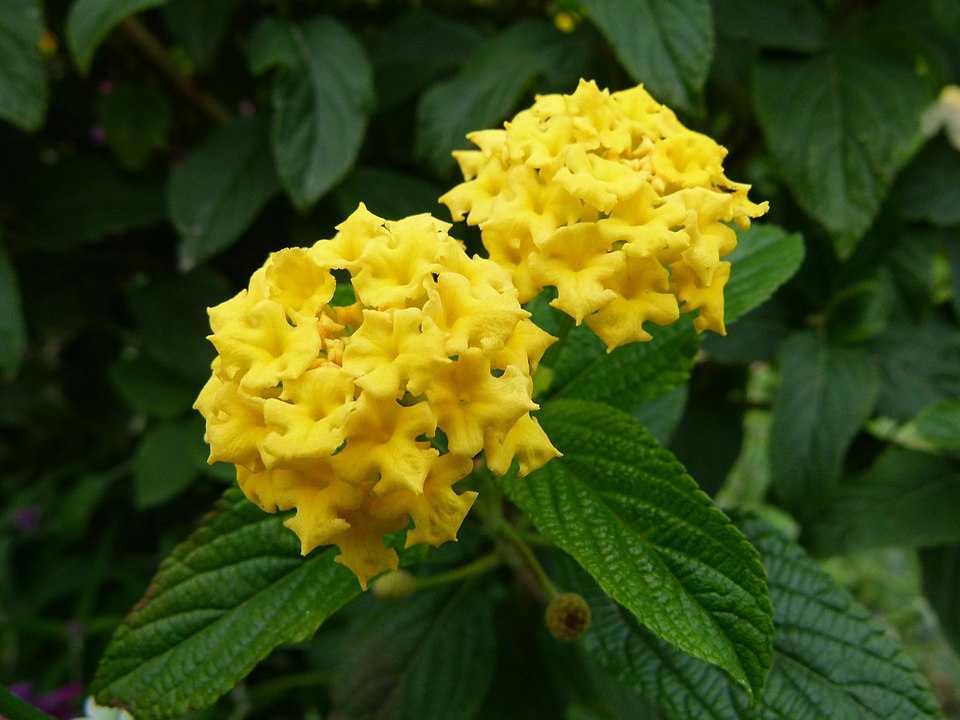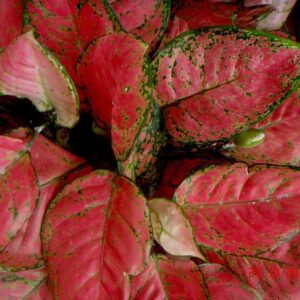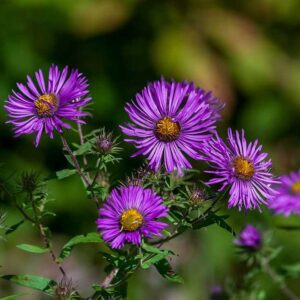Introduction
Yellow lantana, scientifically known as Lantana camara, is a highly popular flowering plant that is widely cultivated as an ornamental plant in tropical and subtropical regions worldwide. With its eye-catching clusters of bright yellow flowers, yellow lantana is a popular choice for gardens and landscaping.
Click on the headings to read more!
Growth
Yellow lantana is a versatile shrub that can grow up to 6 feet tall and spread up to 8 feet wide. However, its size can vary depending on the growing conditions and how it is pruned. Yellow lantana can be pruned to maintain a smaller size, making it a popular choice for low-growing border plants in gardens and landscaping.
Benefits of Yellow Lantana
Yellow lantana is a popular choice for gardens and landscaping due to its many benefits. Its bright yellow flowers bloom in clusters throughout the summer and into the fall, attracting butterflies, bees, and other pollinators. This makes it a great plant for those who are interested in promoting pollination and helping the environment.
Yellow lantana is also drought-tolerant, meaning it can survive in a range of soil types and conditions. This makes it a great option for those living in areas with limited water resources or in regions with hot, dry summers.
Additionally, yellow lantana is relatively easy to care for and can grow up to six feet tall and eight feet wide if left unpruned. It can also be pruned to a more compact size, making it a great option for low-growing borders in gardens and landscaping.
Disadvantages
Despite its many benefits, there are some potential disadvantages to growing yellow lantana. One issue is that it can become invasive in some areas, particularly in warm, tropical regions. This is because it spreads through its berries, which can be eaten by birds and other wildlife, allowing the plant to spread beyond its intended area.
Another potential issue with yellow lantana is that it can be toxic to pets and other animals if ingested. This means that it may not be the best option for those with pets or livestock in the area.
Plant care
Here are some general care tips for yellow lantana:
Sunlight
Yellow lantana thrives in full sunlight, making it important to plant it in a location that receives at least 6 hours of direct sunlight per day.
Space:
Yellow lantana can grow up to 6 feet tall and wide if left unpruned, so it is important to plant it in a location with enough space to accommodate its mature size.
Companion plants:
Consider planting yellow lantana alongside other plants that have similar sun and water requirements to create an attractive and diverse landscape.
Watering
This drought-tolerant plant does not require frequent watering. However, it is important to water it deeply and regularly during its initial growth phase and during periods of extended drought.
Soil
Yellow lantana can grow in a variety of soil types, but it prefers well-draining soil with a pH between 6.0 and 7.5.
Fertilization
Fertilize yellow lantana with a balanced, slow-release fertilizer in the spring and mid-summer to promote healthy growth and flowering.
Pruning
Yellow lantana can be pruned to maintain a smaller size and shape. Prune the plant in early spring to remove any dead or damaged branches and to shape it as desired.
Pests and Diseases
While this plant is generally resistant to pests and diseases, it may be susceptible to spider mites, whiteflies, and aphids. Use insecticidal soap or neem oil to control any infestations.
With proper care, yellow lantana is a hardy and attractive addition to any garden or landscaping.
Propagation
Yellow lantana can be propagated by stem cuttings or seeds. For stem cuttings, select a healthy stem, remove the leaves from the bottom half, and plant in well-draining soil with rooting hormone powder. For seeds, collect mature seeds, remove the pulp, and plant in well-draining soil. Keep the new plants in a warm, humid environment until established before transplanting.



